
The term "science" is one that encompasses a broad world of phenomena and events such as animal and plant life, physics, elements, weather, the solar system, and more.
In elementary school, the teachers teach science that paves the foundation for deeper learning of the different niches in later grades. Students are introduced to making observations, asking questions, forming hypotheses, running experiments, drawing conclusions and sharing results. At the same time, elementary science education instills a wonder of and enthusiasm for the subject that hopefully leaves children with a keen interest and deep curiosity that lasts a lifetime.
How much of the scientific knowledge from those early years of childhood education have you retained? Take a multiple choice trip back through some of the elementary science questions in this quiz! This general science quiz covers basic science facts and concepts that everyone should know. Let's see if you can ace it!
Enjoy Quizly? Upgrade to Premium for an ad-free experience and exclusive features.
Get PremiumHow Much Do You Remember from Elementary School Science? Quiz Questions
Which of the following happens when a seed starts to grow?
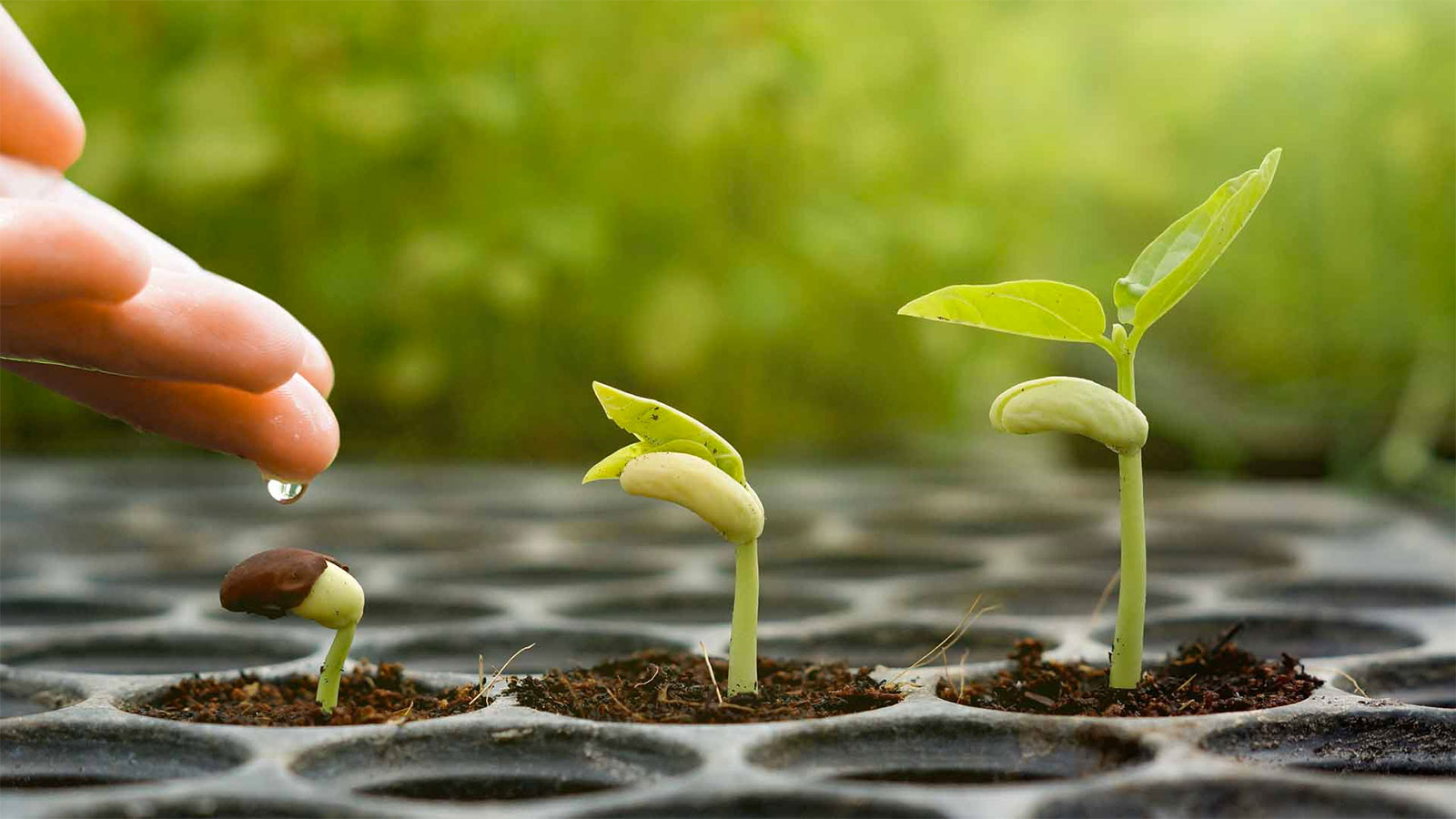
The root and shoot grow out together.
The root and first leaves grow out together.
The shoot emerges after the root grows out.
The shoot and first leaves grow out together.
Which of the following are not examples of matter?
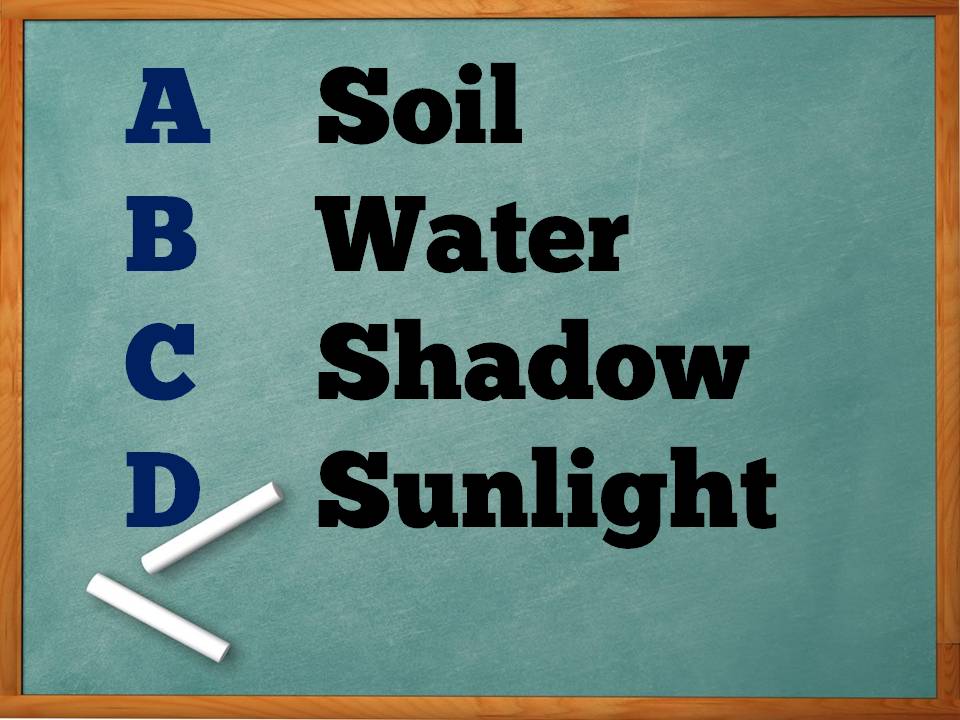
A and B only
B and C only
B and D only
C and D only
A and D only
A cactus has needle-like leaves unlike the leaves of most plants. Which of the following statements is true about how a cactus makes food?
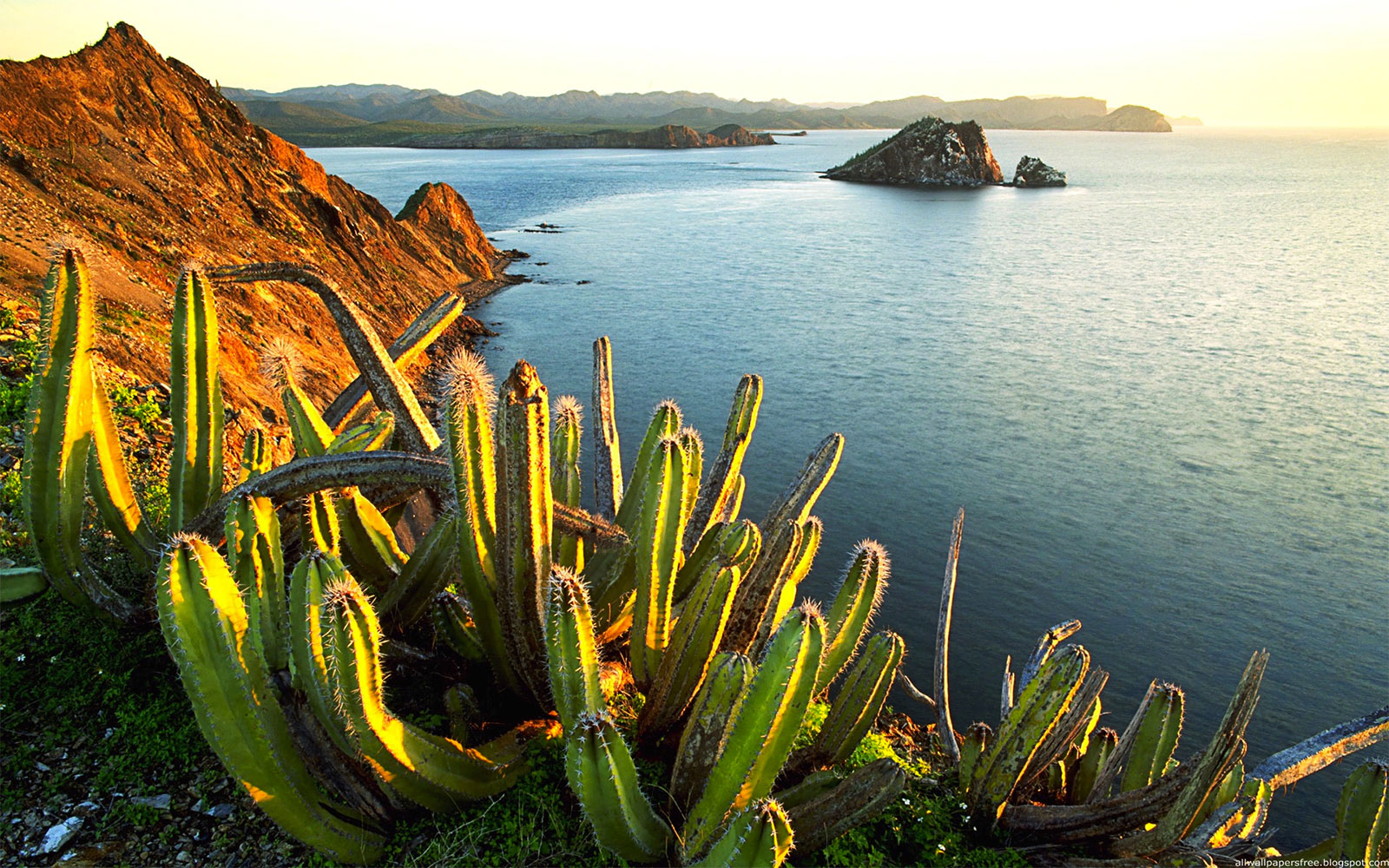
A cactus does not need to make food to survive.
The needle-like leaves are able to trap sunlight to make food.
A cactus does not make food but only absorbs food from the soil.
The stem of a cactus is green and it helps to make food in the presence of sunlight.
Which of the following statements about flowering plants is true?

Flowering plants do not bear fruits.
Not all flowering plants can make their own food.
Spore bags can be found in some flowering plants.
Some flowering plants live in water while others live on land.
Which of the following statements correctly describes the difference between a seedling and an adult flowering plant?

An adult plant can move but a seedling cannot.
An adult plant has roots but a seedling does not.
An adult plant can have flowers but a seedling cannot.
An adult plant needs air, water and warmth but a seedling does not.
Which of the following pairs of statements about a liquid and gas is true?
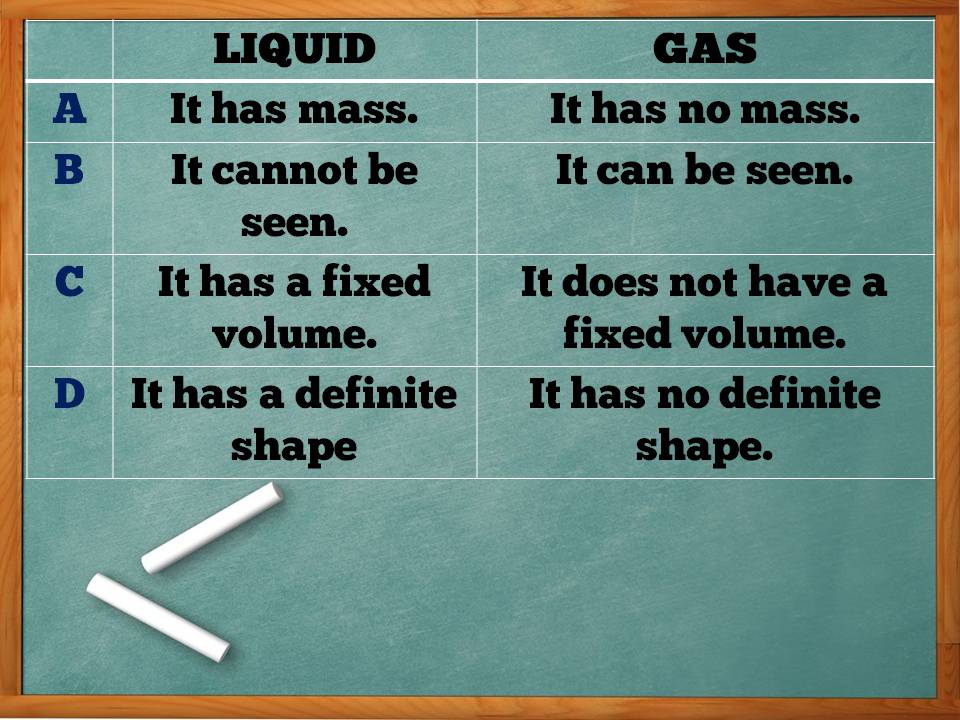
C
A
B
D
Which of the following properties best describes shampoo?
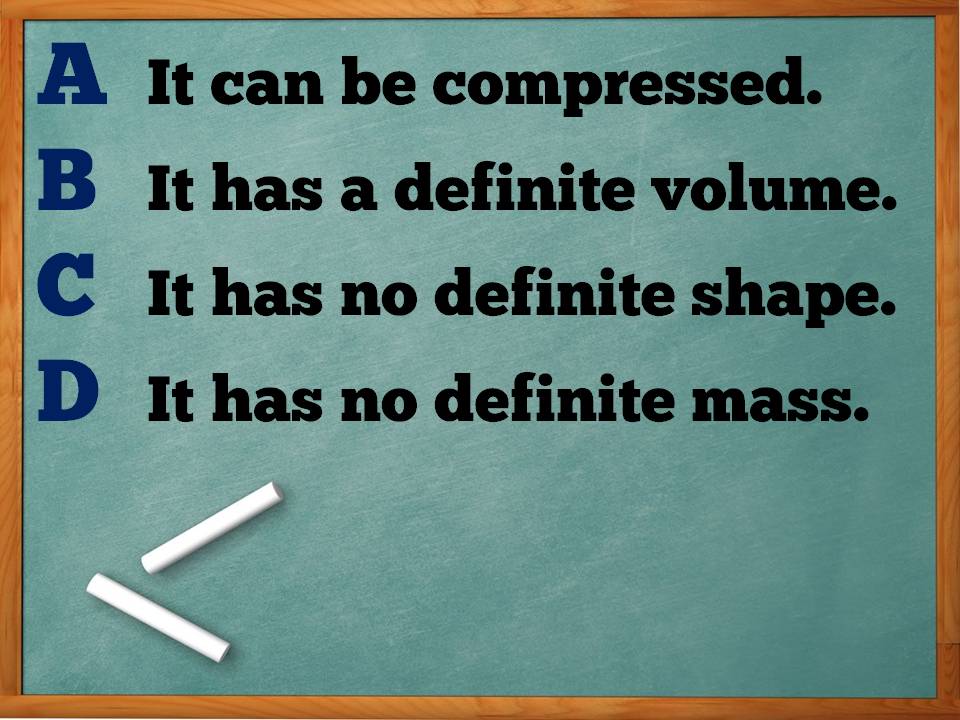
A and B
B and D
B and C
A, B and C
A and D
The picture below shows a bag of rice and a bag of feathers. Which of the following statements is true?
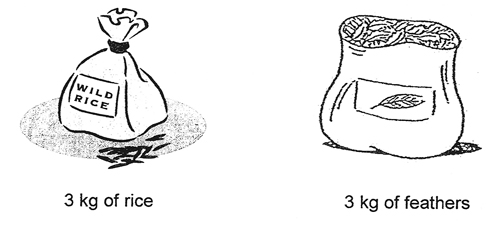
The bag of feathers is lighter than the bag of rice.
The bag of feathers is heavier than the bag of rice.
The bag of rice has the same mass as the bag of feathers.
The bag of rice has the same volume as the bag of feathers.
Which of the following statements correctly describes the difference between a nymph and an adult cockroach?
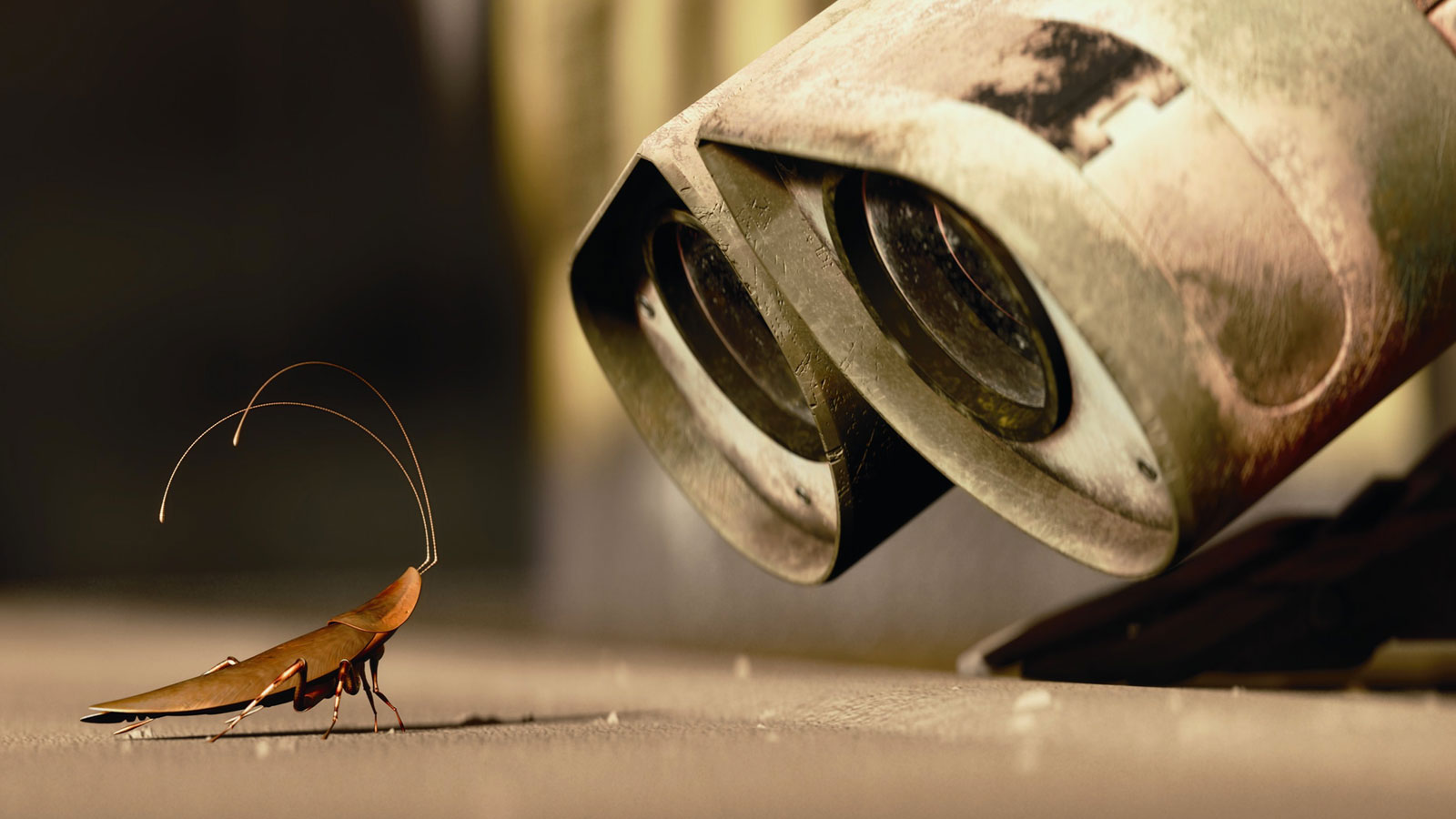
The adult cockroach has wings but not the nymph.
The adult cockroach has feelers but not the nymph.
The adult cockroach has six legs but the nymph has four.
The adult cockroach eats animals but the nymph eats plants.
Which of the following animals do not lay eggs?
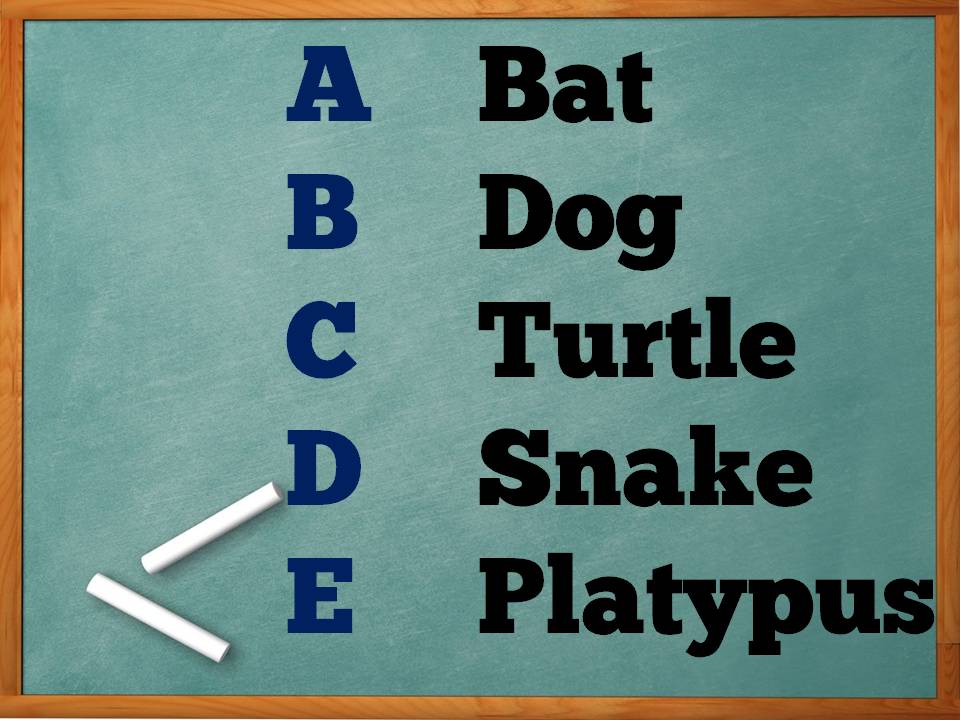
A and B only
B and C only
B, C and D only
C, D and E only
A, B and E only
An insect molts several times in the early stage of its life cycle. Which of the following gives the correct reason for molting?
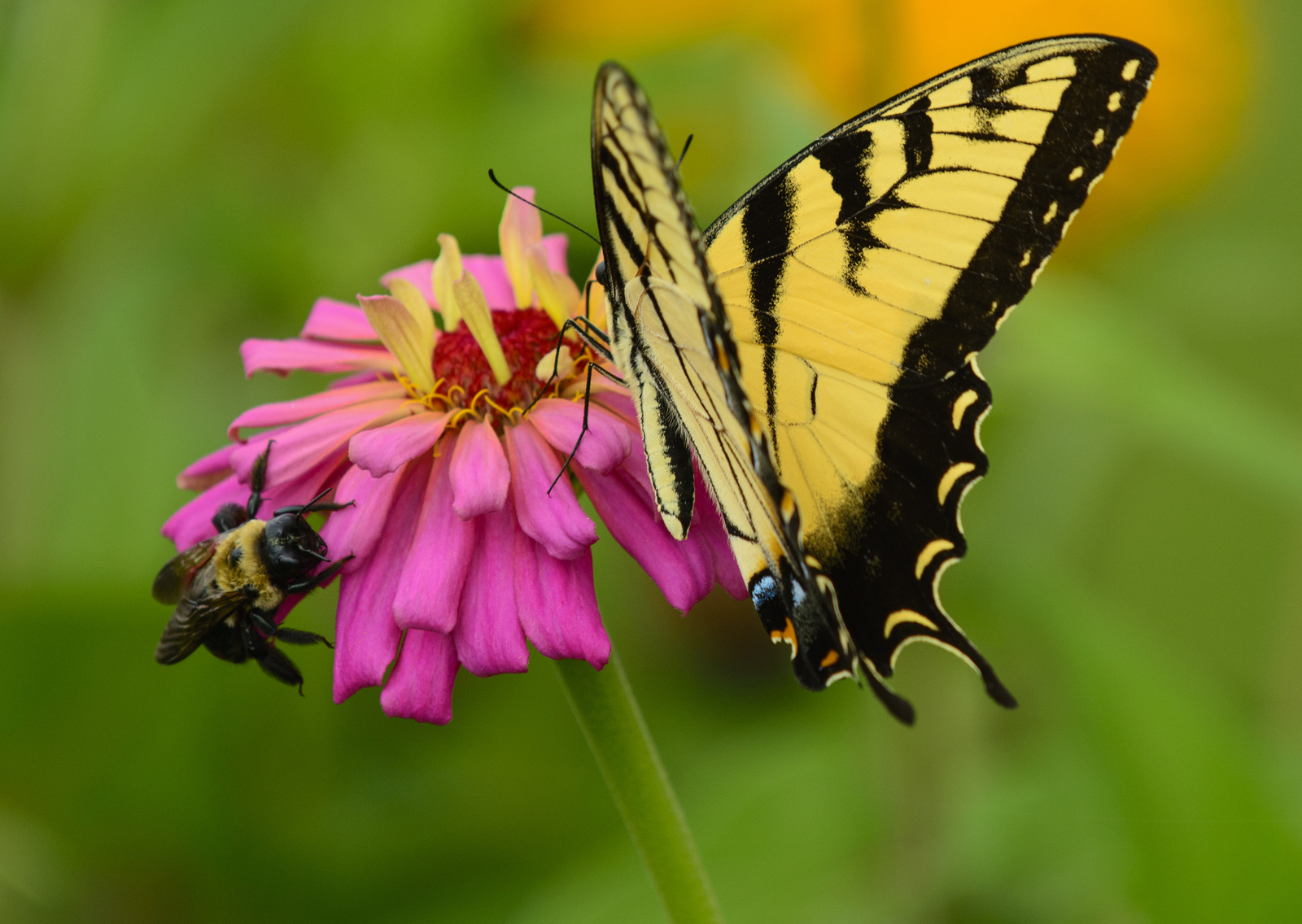
It allows an insect to grow bigger.
It allows an insect to breathe easily.
It protects an insect from its predators.
An insect needs to camouflage itself.
Choose the correct answer.
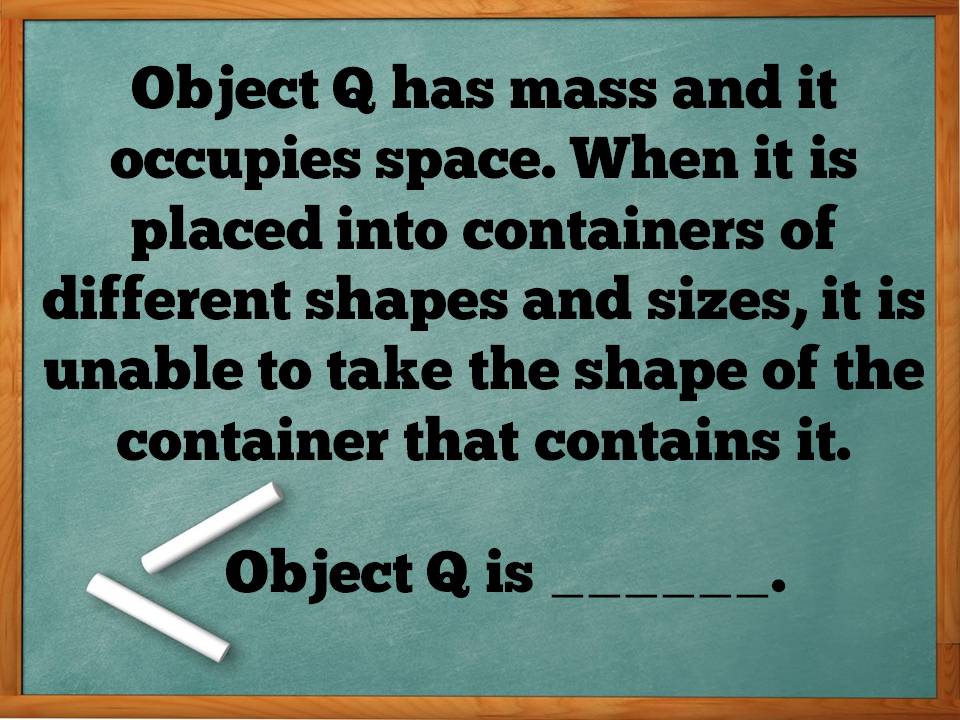
oxygen
an eraser
lime juice
soya sauce
carbon dioxide
Leaves make food in the presence of sunlight. Where is the food made transported to?
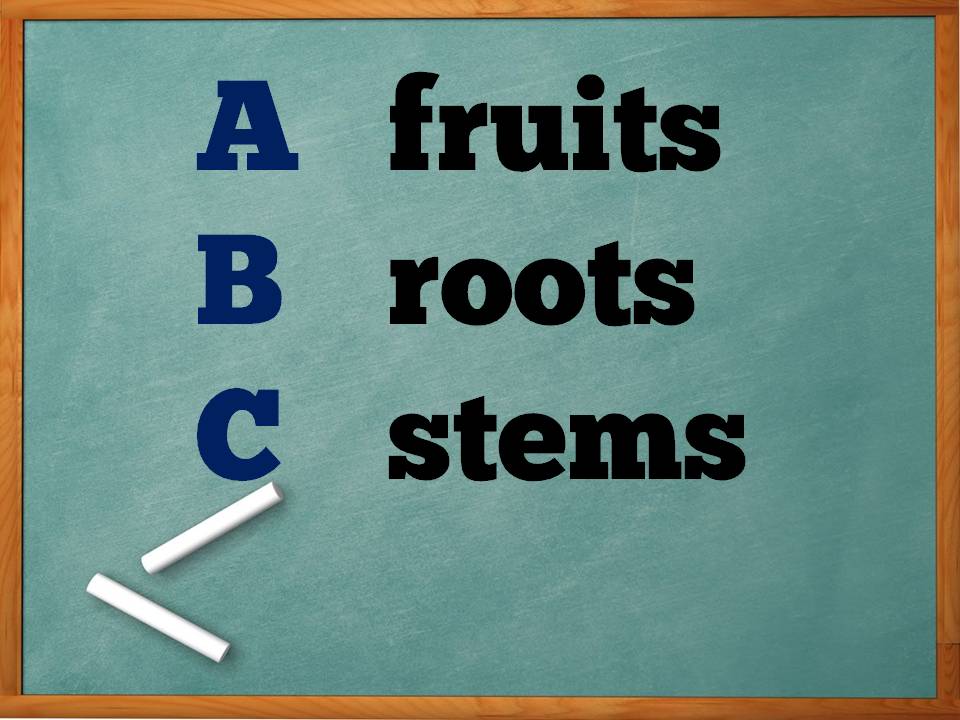
A only
A and B only
B and C only
A and C only
A, B and C only
Different living things use different parts of their body for exchange of gases with the environment. Which part of their body do dolphins use?
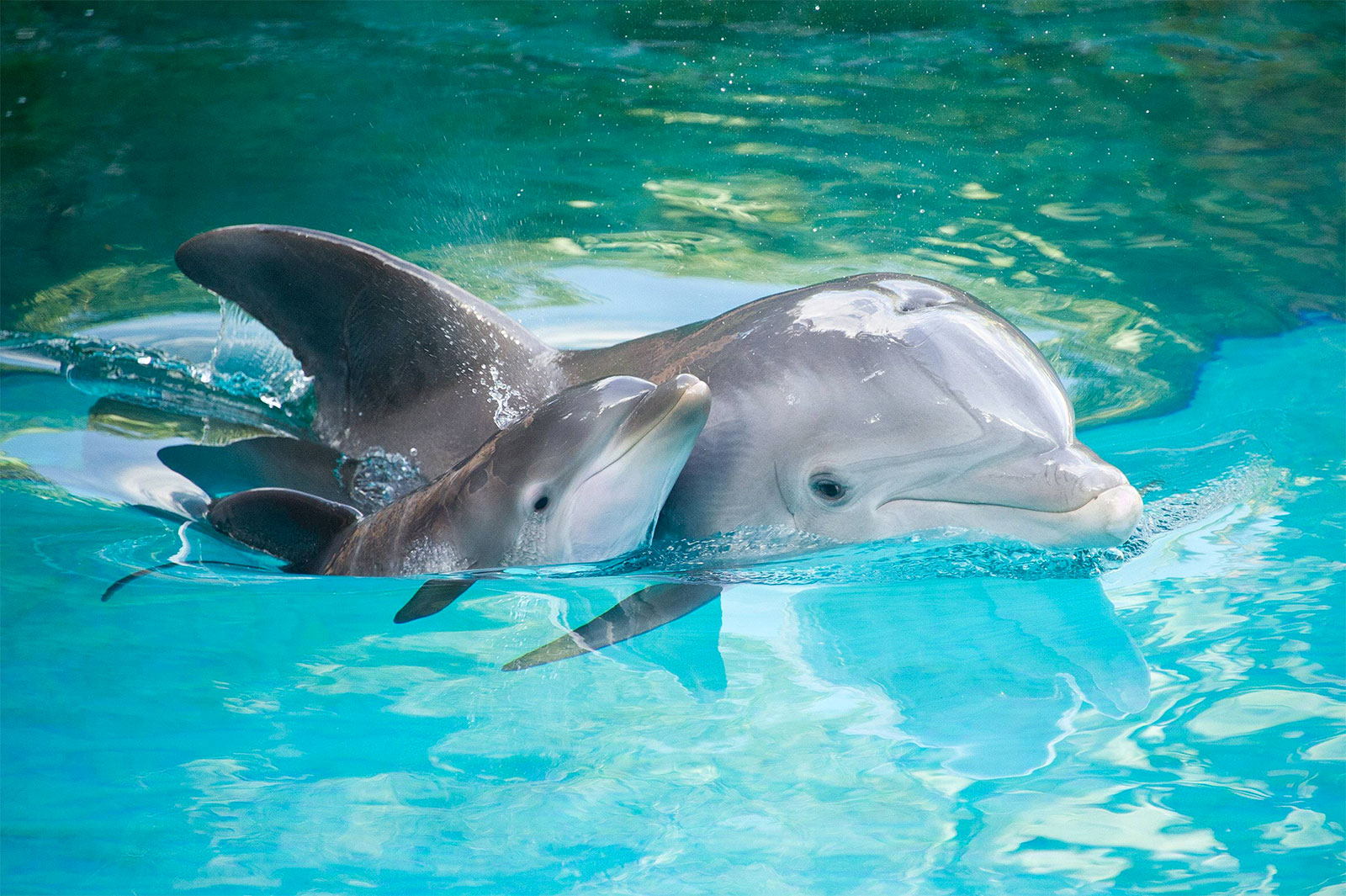
gills
lungs
mouths
breathing tubes
heart
Which of the following animals is correctly matched to its body covering?
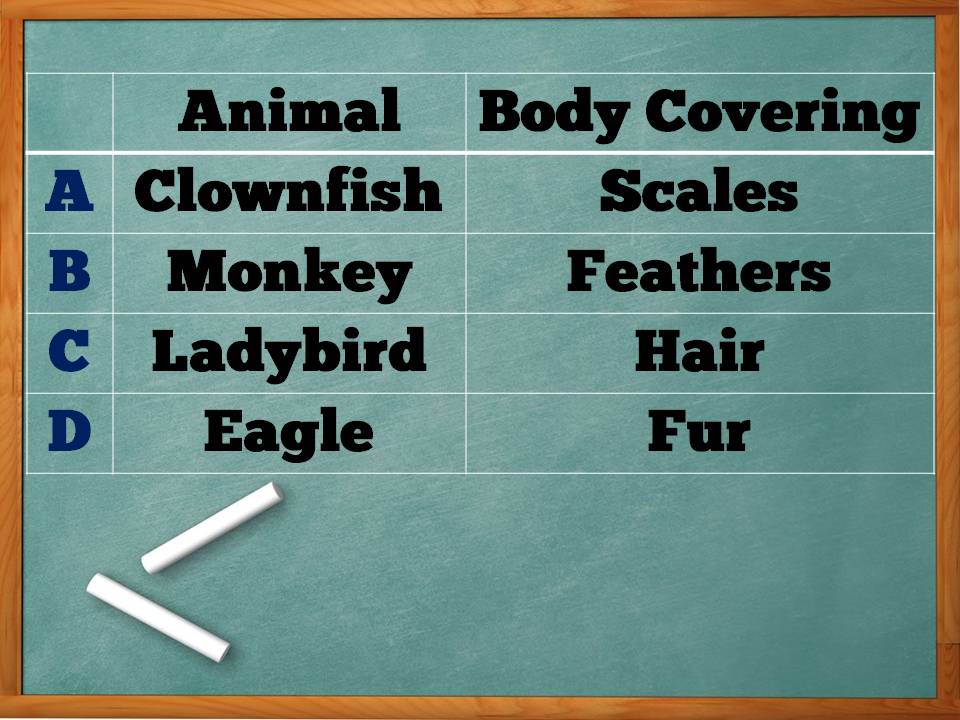
A
B
C
D

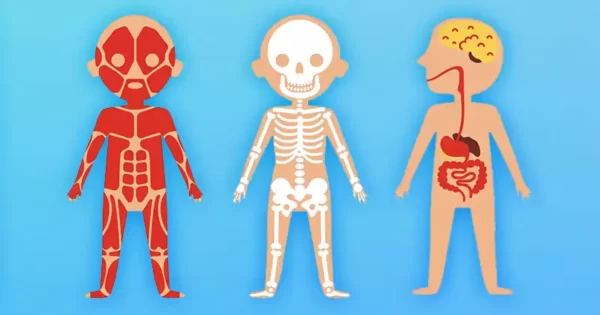
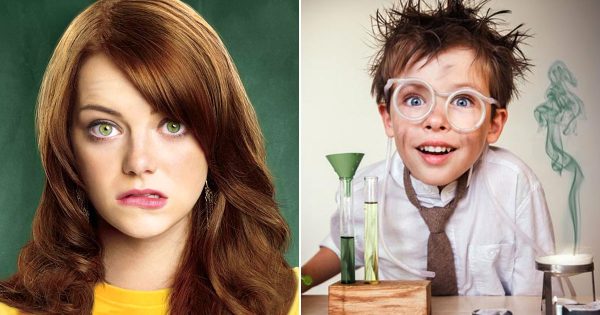
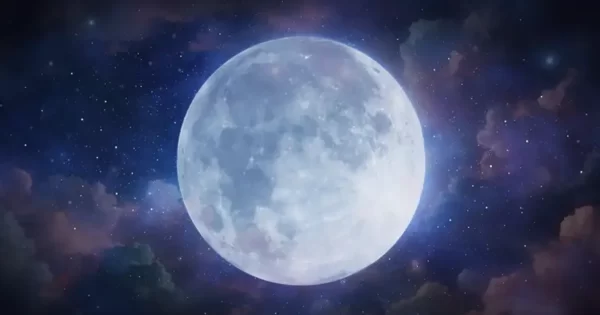
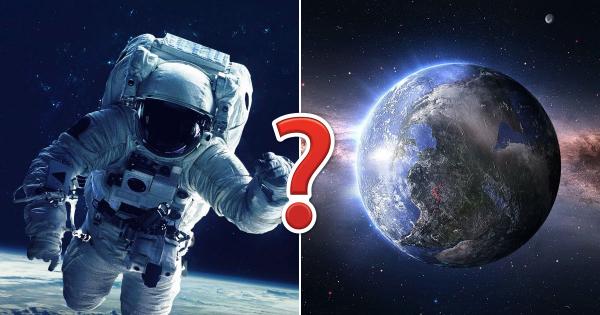
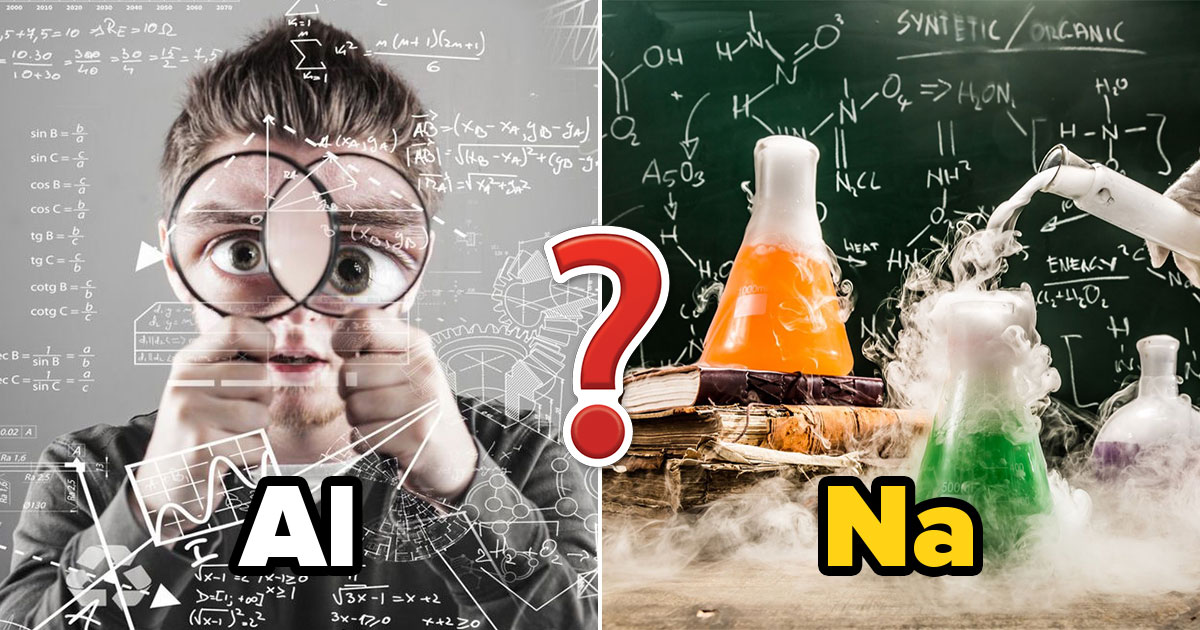
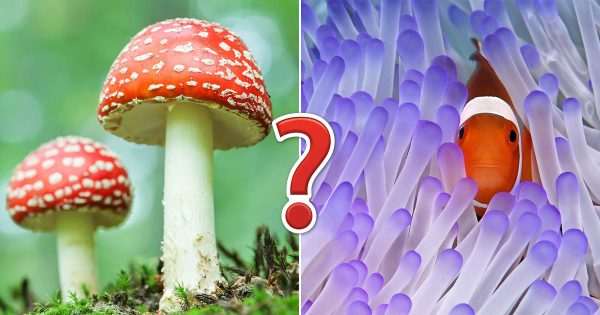
One Comment
I got 7 out of 15!
Oh dear, you did not pass this quiz but that’s alright. The questions aren’t easy especially when most of us have already forgotten elementary school Science. Take a break, refresh yourself and try again when you have a chance!